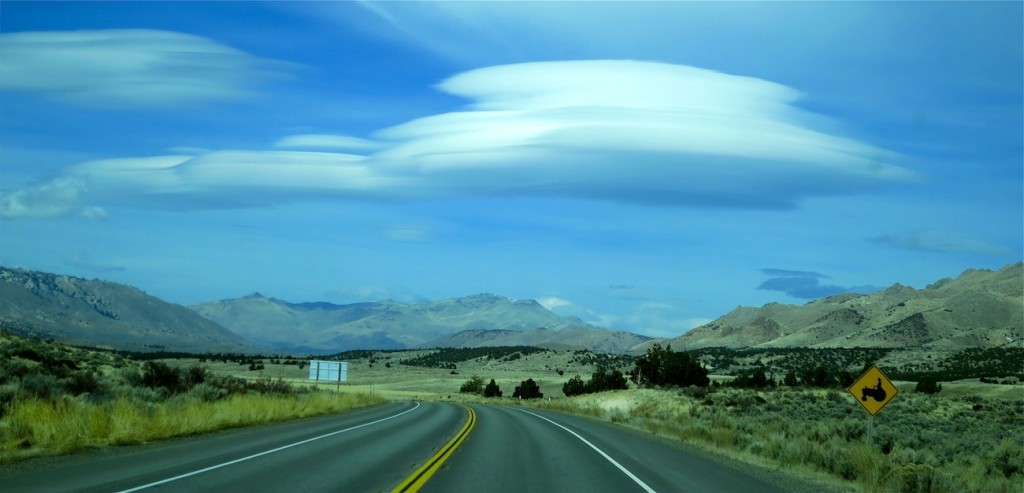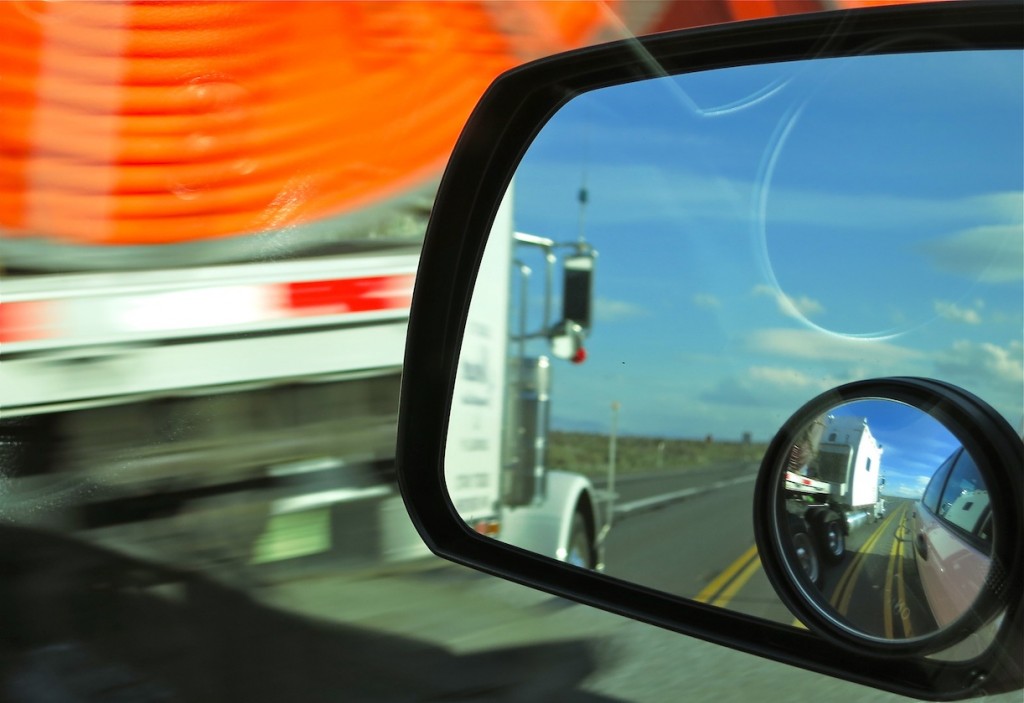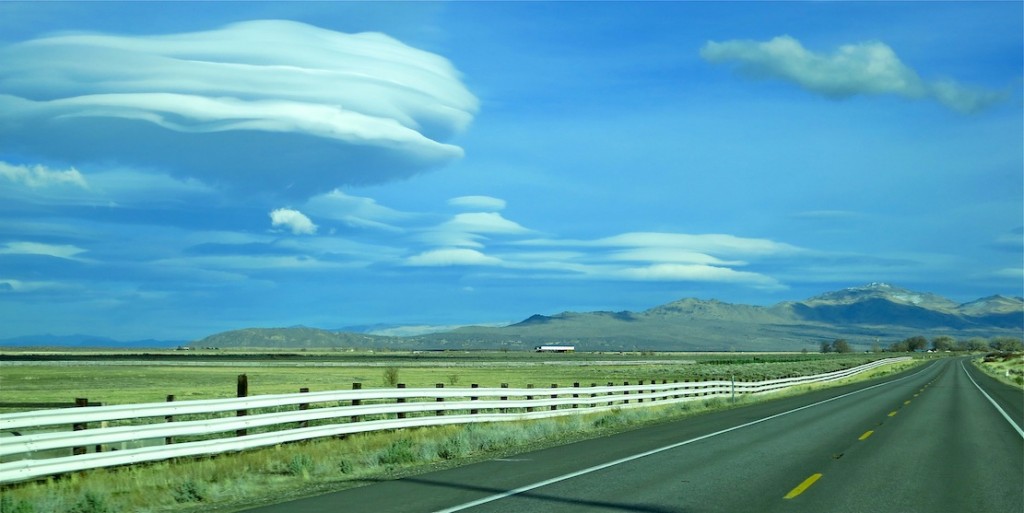Driving in the wind can be a drag, particularly if you’re driving a high-profile vehicle, hauling a camper, or pulling a trailer. We live in an area that often has wind, and unless it’s coming directly from the rear, wind is an impediment to good fuel economy.

A perfect, direct tailwind is like the perfect anything, nice to dream about but difficult to find and enjoy. In the real world roads twist and turn, and wind swirls and comes from multiple directions. If you’re on a one-way trip with a direct tailwind, embrace and enjoy the smooth ride.

Strong headwinds are of course the worst, but lateral winds also inhibit forward progress and add to the always-present aerodynamic drag that increases with speed and reduces miles-per-gallon. Ascending hills consumes fuel, particularly if we insist on charging them at full-speed, but driving in strong winds can be like constantly driving up a grade. Of course it’s not just wind that reduces fuel economy, other weather conditions can be a drag too, heavy rain, snow & slush…

Heavy Wind MPG Impact
Over the past month two lightly loaded trips to pickup and deliver cargo reinforced the impact wind can have on highway fuel economy. Though not to the same destinations or on the same highways, the distances were very similar, and both trips were mostly on rural highways with which I am very familiar. Both trips included a few minor passes and grades, though I would not call the routes mountainous, relatively level for around here. In my mind, the first trip should have produced better fuel economy, though both were through areas that are often windy, and during trip one it was extremely windy. On both tests my top speed was the same 65 miles-per-hour, though the second test did include some two-lane highway with a lower limit for several miles, mostly 60, which improves fuel economy. There were very few stops and starts.

Test Vehicle: 2011 Toyota Tundra, lifted with Old Man Emu suspension, 2-inches in the rear, 3.75-inches in the front, LT285/70R17D Dick Cepek F-C II tires, tailgate removed.
- Trip 1: Reno, Nevada, to Susanville, California, via U.S. Route 395.
- 181.2 miles / 11.142 gallons of unleaded = 16.26 mpg.
- Trip 2: Reno, Nevada, to Mason, Nevada, via I80, U.S. Route 95 ALT.
- 172.1 miles / 9.979 gallons = 17.24 mpg.
The mpg trip computer in this Tundra has proven quite accurate much of the time, though when the second test was completed the PCM was pessimistic, indicating 16.9 mpg. We always calculate and record our true mpg, and compare it to the PCM’s readings. The math doesn’t lie, but liars do math. Speaking of liars…
Copyright © 2012 James Langan
